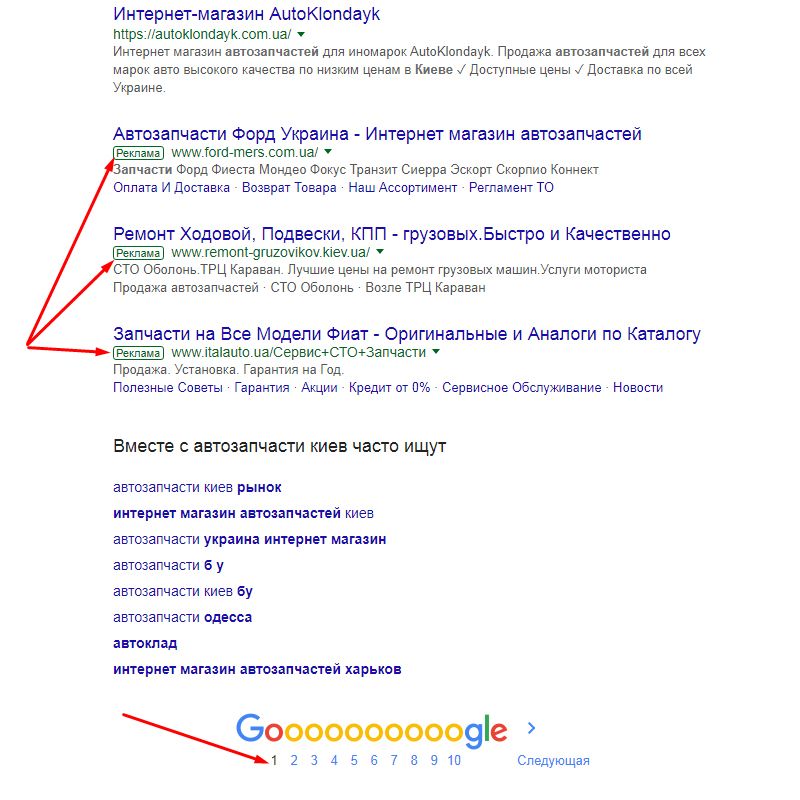Google Ads contextual advertising

LOOKING FOR THE BEST BUSINESS SOLUTIONS?
+38 (073) 9000907
Contextual advertising is different in that it is aimed at displaying ads depending on the context of web pages. It uses keywords and other parameters to show ads only to users who are interested in specific topics or products. This ensures greater accuracy and efficiency of advertising campaigns by providing a connection between content and advertising, which increases the likelihood of clicks and conversions.
To choose effective keywords for contextual advertising, it is important to analyze your target audience, identify popular questions, use specific terms in your industry, and take into account different variations of keywords. Use keyword analysis tools to assess their popularity and competitiveness. You should also take into account seasonality and variability in demand. The next step is to test and analyze the effectiveness of keywords to optimize your advertising campaign.
Determining the budget for contextual advertising varies from business to business. Key factors include the target volume and competitiveness of keywords, the advertising platform, geographic targeting, and the purpose of the campaign. It is recommended to start with a sound analysis of competition and effective keywords, as well as considering the capabilities of the advertising platform. Testing and gradually increasing your budget based on the results will help you optimize costs and achieve your goals.
Understand your audience: Consider the interests and needs of your target audience by using language and tone that they understand.
Keywords: Include keywords that reflect the main benefits and features of your product or service.
Call to action (CTA): Encourage users to interact by using effective CTAs such as "Buy Now" or "Learn More."
Uniqueness: Highlight the unique product benefits that make your offer attractive to customers.
Testing: Use A/B testing to evaluate different headlines and descriptions and determine the most effective ones.


